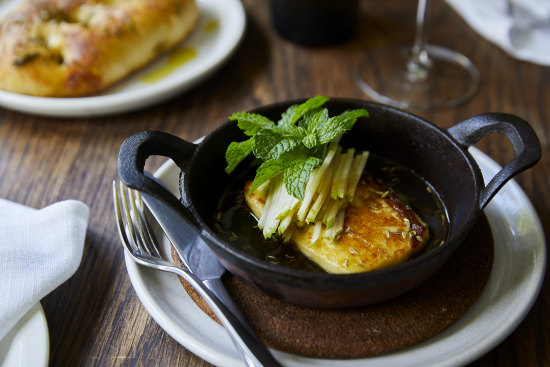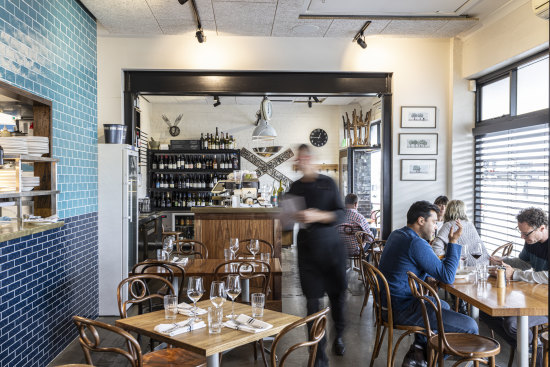Fed up with dry and stringy meat in your stew? This cut is ‘impossible to ruin’
For Terry Durack, slow and steady cooking wins the race, and there is one cut in particular that he likes to turn to.
I’m slowing down. It takes me more time to cook dinner these days, and more time to eat it. I’m the tortoise, after a lifetime of being the hare.
And it’s not because I’m getting old (although I am). It’s because I like the sort of food that takes more time. I like turning something tough and inedible into something soft and giving. I am capable of cooking something quickly, but I’m not convinced it’s the best use of my time.

Beef cheeks are my friends, and beef-cheek stew has become my default dinner. If you have ever ended up with dry and stringy meat in your stew, swap to beef cheeks. No matter what you do, you can’t ruin them.
As they say on the ever-helpful Vic’s Meats website about the best cuts to use for braising, “look for hardworking muscles. Cheeks are always chewing, and necks are always bobbing up and down.” It’s the collagen and sinew in these muscles that breaks down and becomes gelatinous and tender. They do it themselves and you just take the credit.

- Recipe collection
Winter warmers: 10 ways to cook ‘impossible to ruin’ beef cheeks
I don’t follow a recipe so much as repeat a sequence of actions absorbed over the years.
- First dredging the meat in seasoned flour and browning it ferociously, which helps to thicken the finished sauce.
- Caramelising the tomato paste until it smells sweet.
- De-glazing the pan with wine, scraping up all the good bits and simmering the wine to soften the alcohol.
- Adding a dash of soy sauce, for salt and flavour.
- Doubling the onions, tripling the carrots.
- Going wild with aromatics: thyme sprigs, bay leaves, orange peel, perhaps a cinnamon stick, a few cloves and peppercorns.
The rest is just temperature and timing. I’m a 150C sort of bloke now, not a 220C type. Slow and steady wins the race – in the kitchen and at the table.
You’ve heard of the 20:20:20 rule? For the best nutritional and digestive outcome, you should apparently chew your food 20 times, put your knife and fork down for 20 seconds between mouthfuls and take 20 minutes to finish the meal.
That’s way too speedy for me, sorry. Mine’s more your 2:2:2 rule. Two hours to cook dinner, two hours at the table to eat, chat and commune, and a pause every two minutes to take a sip of wine. Works for me.
theemptyplate@goodweekend.com.au
Continue this edition
The April 27 EditionUp next

Chiswick is a sunny Sunday lunch place. So how does it fare on a chilly school night?
The glasshouse-style garden-to-plate restaurant should deliver one of the best dining experiences in town, both on- and off-peak.

This neighbourhood bistro tucked off an eight-lane road exceeds expectations
Graduating from an espresso bar to a smart French restaurant, 13-year-old Gauge is a finely tuned local favourite.
Previous

‘Le Weekend’ loaf aka French-style pound cake with pink grapefruit
This is a lovely citrus cake to bake for snacking over a weekend.
The best recipes from Australia's leading chefs straight to your inbox.
Sign up
